15 British Horror Classics Every Fan Should Watch
British horror films have a special way of getting under your skin. They blend quiet tension, gothic settings, and eerie performances that stay with you long after the credits roll. From haunted country manors to cursed villages, these stories shaped the way the world sees horror. Here are some of the most unforgettable British horror classics every fan should watch.
This post may contain affiliate links, which helps keep this content free. Please read our disclosure for more info.
The Wicker Man (1973)
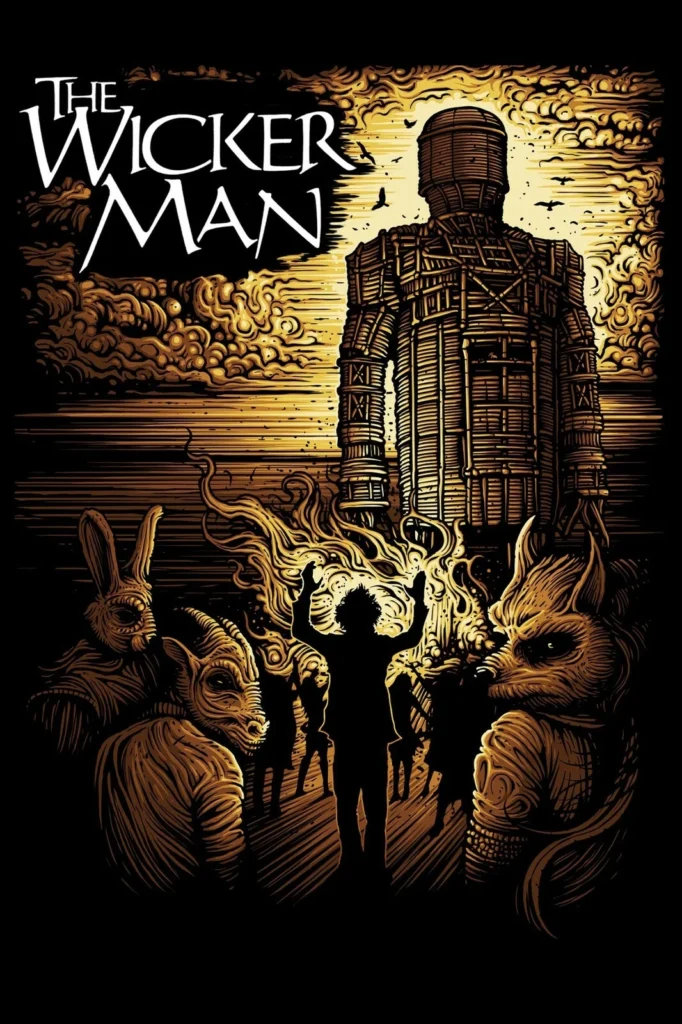
This haunting film tells the story of a devout police sergeant who travels to a remote Scottish island to investigate a girl’s disappearance. What he finds is a community deeply rooted in pagan rituals and disturbing traditions. The slow build of tension and the villagers’ eerie calm create a sense of quiet dread that grows stronger with every scene. Its unsettling ending still shocks audiences decades later.
The movie stands out for its eerie folk atmosphere and clever use of music and ritual. Each moment feels off-kilter, making the viewer question what is real and what is ritual performance. Edward Woodward’s growing fear contrasts perfectly with Christopher Lee’s calm authority. It remains one of Britain’s most chilling tales of faith and sacrifice.
The Curse of Frankenstein (1957)
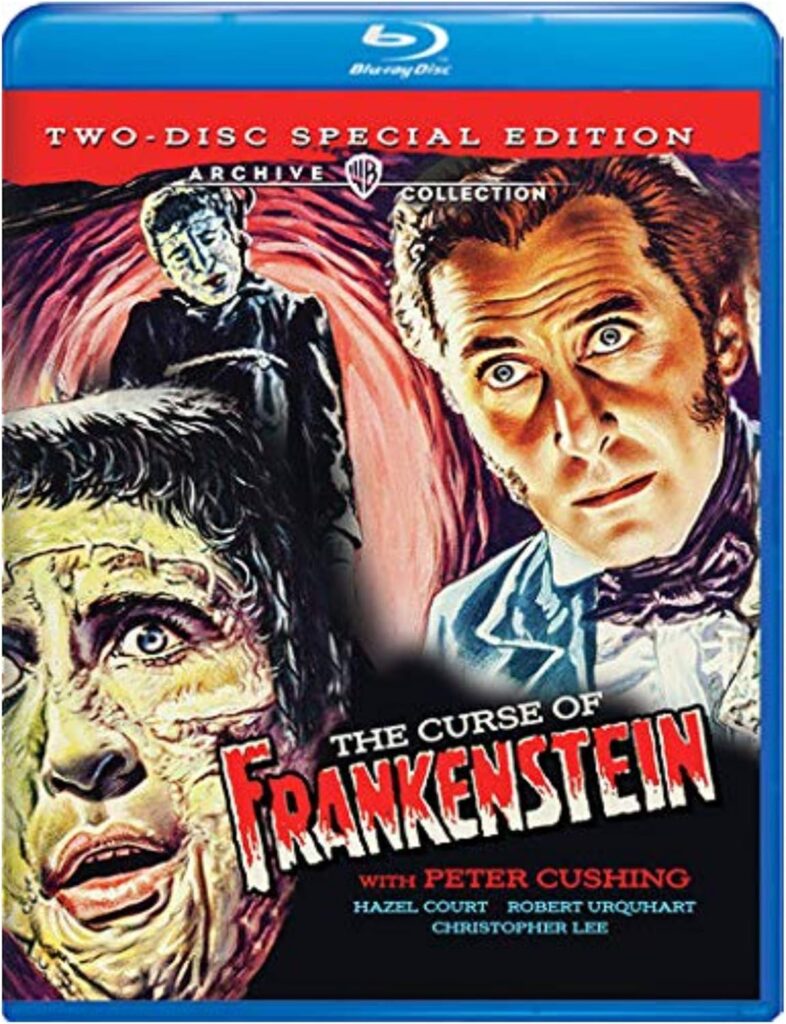
This Hammer classic reimagined Mary Shelley’s monster tale in vivid color for the first time. Peter Cushing’s portrayal of Baron Frankenstein turned the story from a simple monster narrative into a study of ambition and moral decay. The film’s lavish sets and bright blood shocked audiences used to black-and-white horrors. Its success launched Hammer Studios into horror legend.
The movie brought new life to the gothic genre and made Cushing and Christopher Lee household names. Lee’s tragic, wordless creature stirred both fear and sympathy. The mix of science, madness, and arrogance felt more human than supernatural. It remains a cornerstone of British horror cinema.
Dracula (1958)
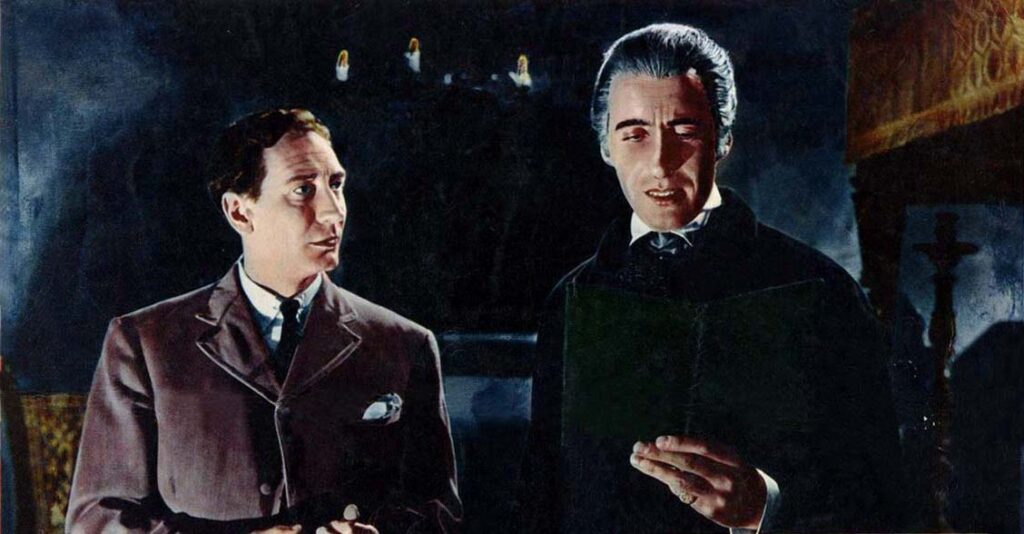
Christopher Lee’s first turn as Count Dracula redefined the vampire for modern audiences. With his imposing presence and crimson eyes, he made the creature more sensual and frightening than ever before. Peter Cushing’s Van Helsing provided a sharp contrast, embodying courage and moral strength. Together, they built one of the most iconic rivalries in horror film history.
The movie’s bold color palette and fast pacing gave gothic horror a thrilling new energy. Hammer Studios’ detailed sets and dramatic lighting added to its visual power. Each chase, scream, and shadow feels deliberately placed for maximum suspense. Even now, it stands as the ultimate portrayal of Dracula in British film.
The Innocents (1961)
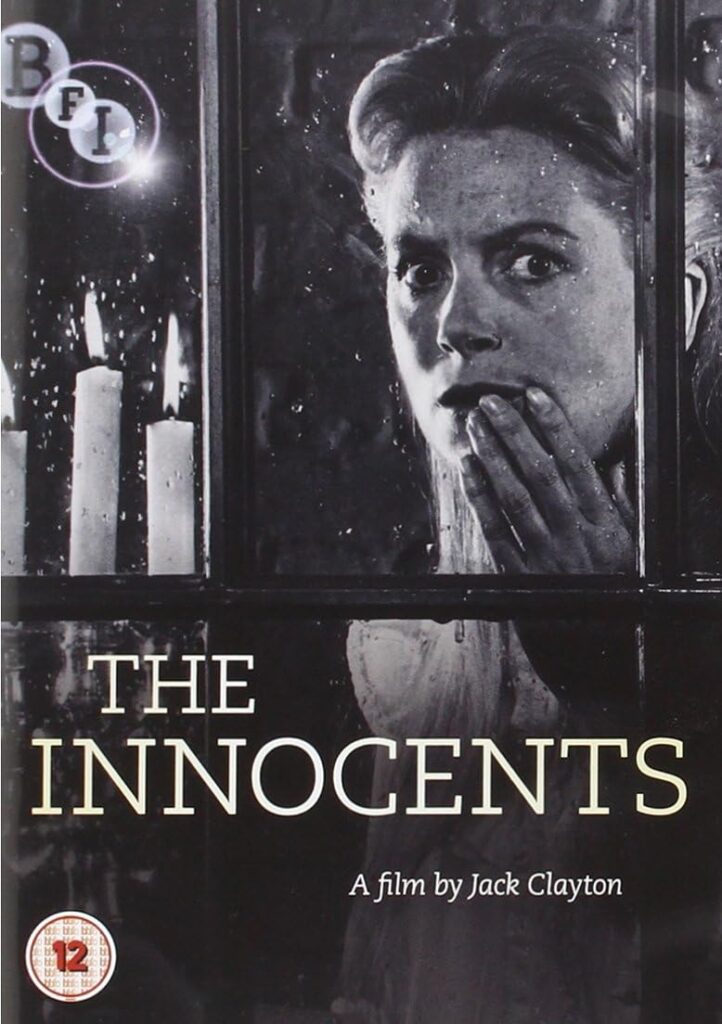
Set in a lonely country estate, this ghost story follows a governess who believes her young charges are haunted. Deborah Kerr’s fragile performance anchors the growing unease as strange sights and whispers invade her world. The film’s restrained style and eerie black-and-white cinematography create an atmosphere of doubt and fear. Its ambiguity leaves viewers questioning who the real ghosts are.
The movie’s slow pace and haunting imagery make it unforgettable. Empty corridors, flickering candles, and pale faces appear just long enough to unsettle. Rather than showing violence, it relies on suggestion and silence. That quiet tension makes it one of the most elegant horror films ever made.
Peeping Tom (1960)
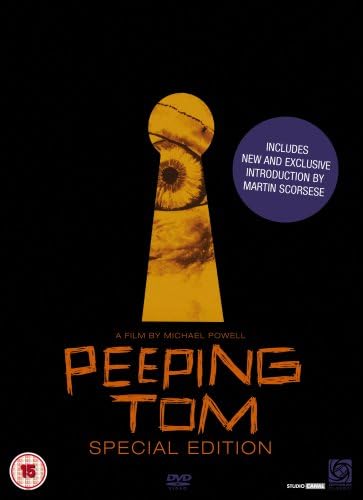
This film shocked Britain with its portrayal of a shy cameraman who films his murders. Michael Powell’s direction turned the lens on the audience, forcing them to confront their own fascination with fear. The movie was condemned upon release but later praised for its insight into obsession and voyeurism. It’s disturbing and ahead of its time.
Today, it stands as a landmark in psychological horror. The blend of color and shadow mirrors the killer’s fractured mind. Each scene feels both intimate and invasive, pulling the viewer uncomfortably close. It paved the way for modern thrillers that explore the darkness within.
The Haunting (1963)
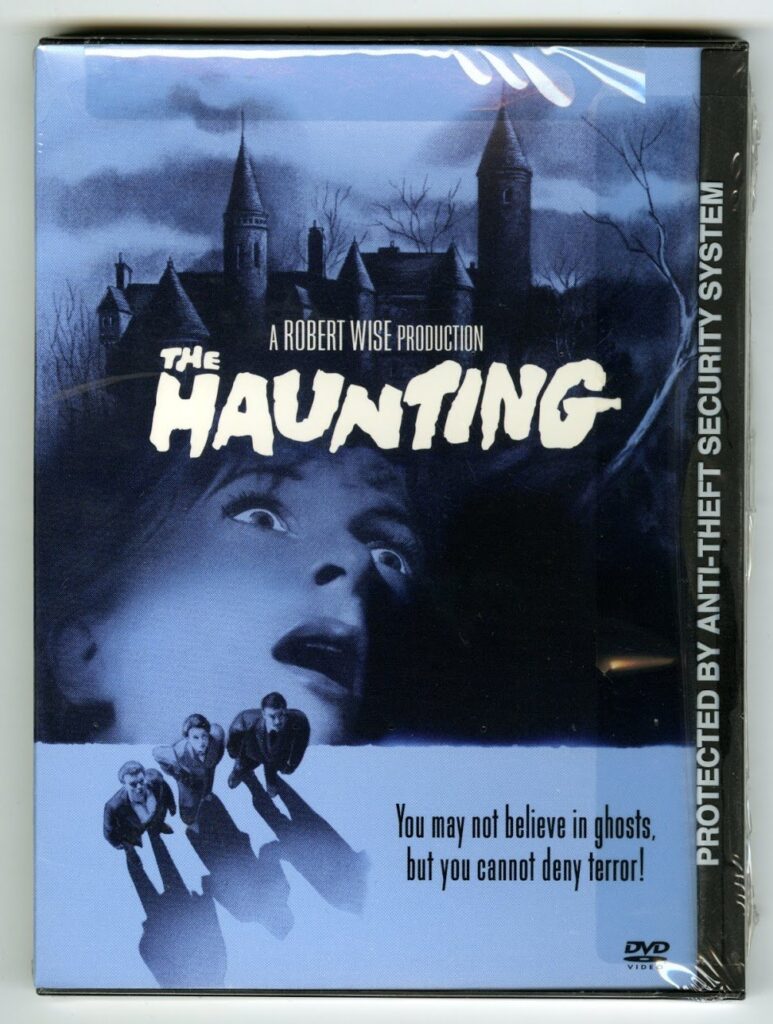
This adaptation of The Haunting of Hill House remains one of the most atmospheric ghost stories ever filmed. A group of strangers gathers in a mansion with a dark past, only to face unseen forces. Director Robert Wise uses sound, light, and camera angles to suggest terror rather than show it. Every creak and whisper adds to the fear.
Its restraint is what makes it powerful. The characters’ psychological unraveling blurs the line between reality and the supernatural. Julie Harris’s performance gives the film emotional depth amid the dread. It’s proof that the unseen can be far more frightening than what’s shown.
The Devil Rides Out (1968)
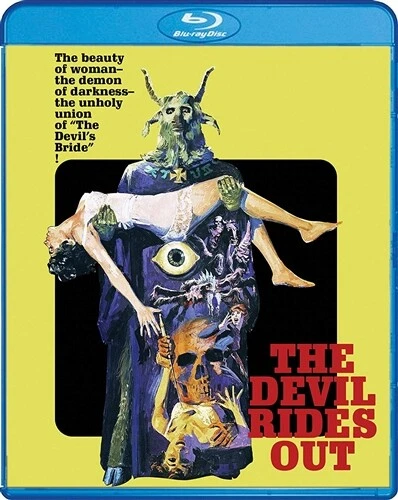
This Hammer classic stars Christopher Lee as a nobleman fighting a satanic cult. Filled with occult rituals, pentagrams, and demonic apparitions, it’s one of Hammer’s most visually daring films. The story moves with urgency as the characters try to save a friend from possession. Its blend of suspense and supernatural action keeps it riveting.
What makes it memorable is its sincerity. Despite its wild premise, every performance feels grounded and serious. The practical effects and vivid colors give it an otherworldly energy. It’s a thrilling mix of faith, fear, and mysticism that stands out in the Hammer catalog.
Village of the Damned (1960)
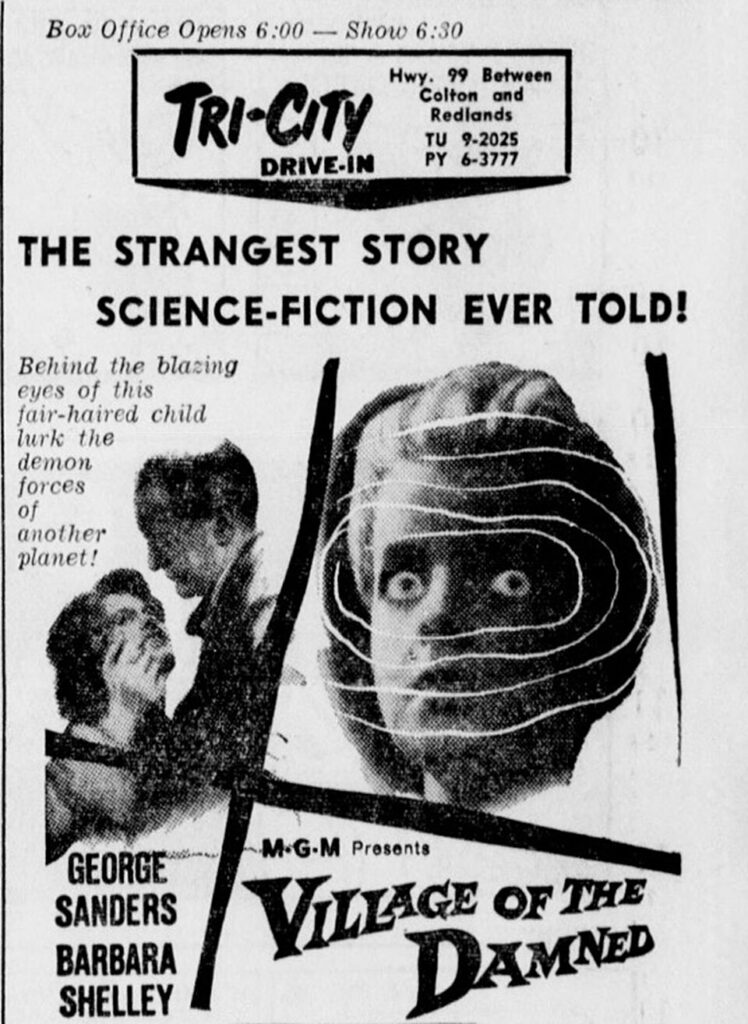
In a quiet English village, all the women mysteriously fall unconscious and later give birth to strange, identical children. The children’s emotionless stares and psychic powers unsettle everyone around them. The film’s calm tone hides an undercurrent of pure terror. It’s science fiction horror done with eerie restraint.
Its simple setting makes the story even more disturbing. The contrast between the village’s charm and the children’s menace creates lasting tension. The cold, logical way they manipulate adults builds dread without gore. It’s a timeless example of fear born from innocence.
Witchfinder General (1968)
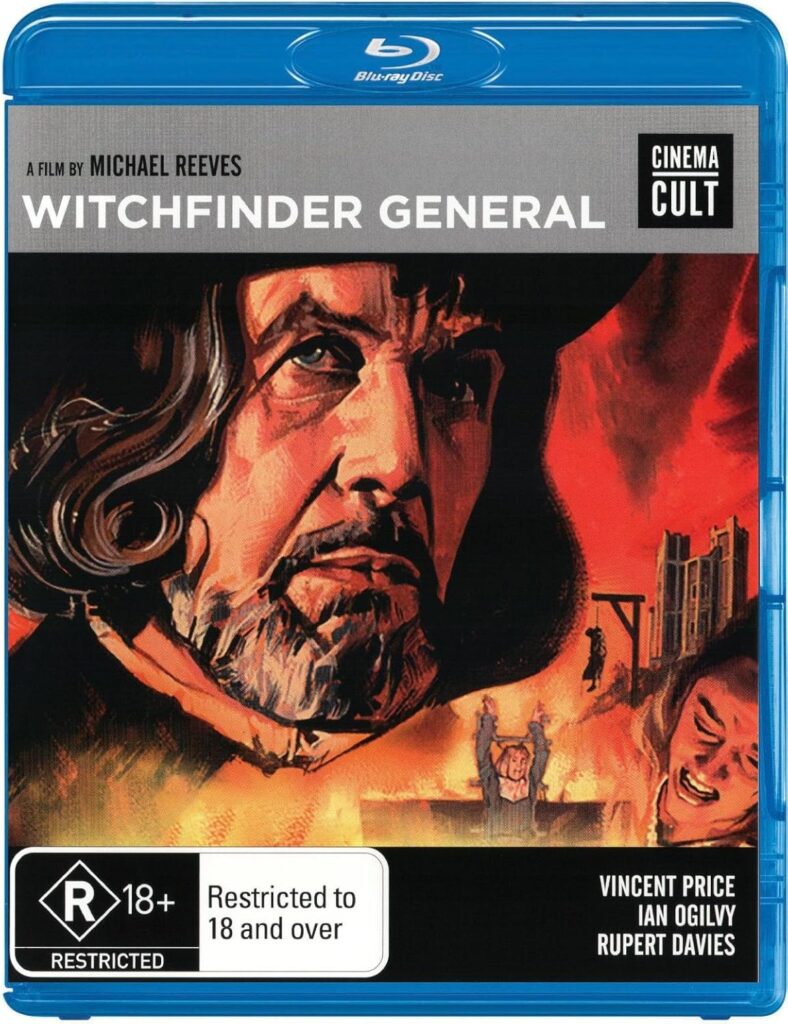
Set during England’s civil war, this film follows a ruthless witch hunter played by Vincent Price. He uses accusations of witchcraft to torture and kill for profit. The bleak countryside and grim realism make the violence feel disturbingly authentic. It’s one of the darkest films of its time.
Price gives one of his most chilling performances. The movie’s unflinching look at cruelty and hysteria leaves a strong impression. Its lack of supernatural elements makes it feel all too real. This historical horror shows how human evil can be far worse than any monster.
The Blood on Satan’s Claw (1971)
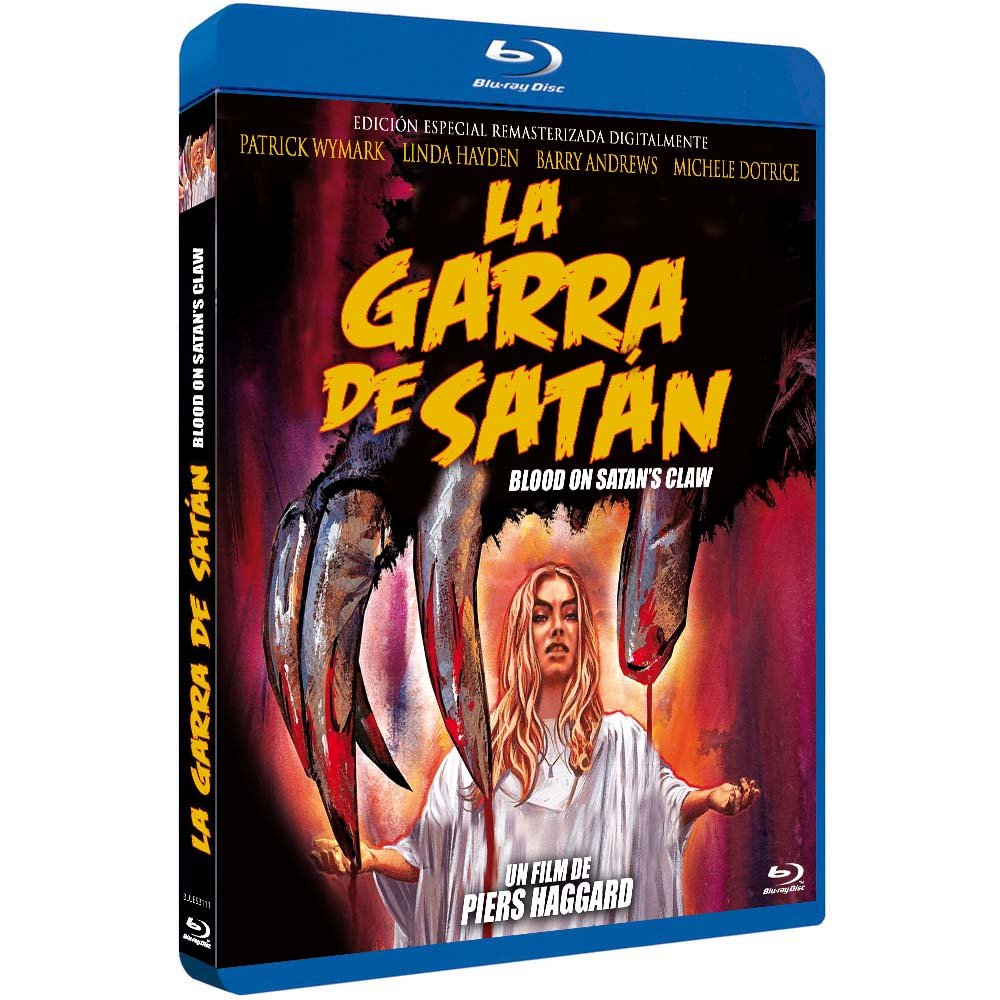
When strange remains are unearthed in a rural village, a quiet evil begins to spread among the youth. The film unfolds through eerie imagery and slow-building dread. Its use of folklore, superstition, and paranoia captures the essence of folk horror. Each scene grows more disturbing as the community falls apart.
The countryside setting becomes a character of its own. The misty fields and lonely cottages create a haunting backdrop for the corruption that follows. The blend of innocence and sin gives the story a tragic weight. It’s an unsettling look at how darkness can take root in isolation.
Quatermass and the Pit (1967)
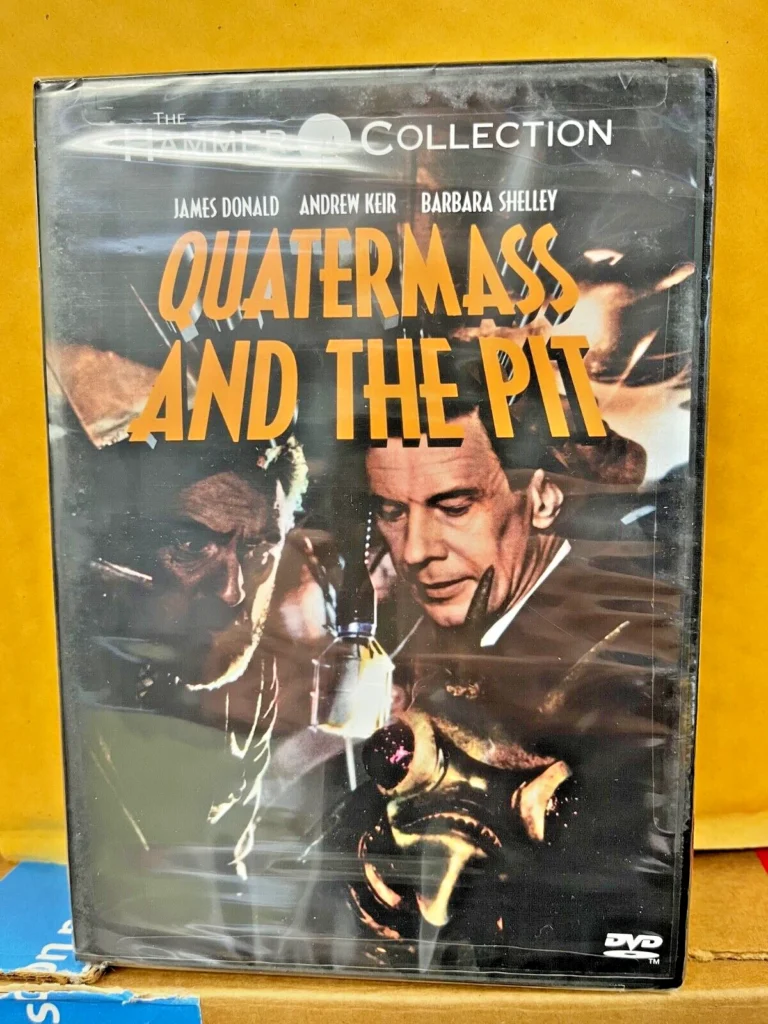
During an excavation in London, scientists uncover an ancient spacecraft buried beneath the city. What they unleash connects humanity’s past to something far more sinister. The mix of science fiction and supernatural horror keeps the tension tight. It questions whether the true monsters lie within us or beyond the stars.
The film balances eerie atmosphere with smart storytelling. Its practical effects and strange noises give the alien threat a believable presence. The underground tunnels feel claustrophobic, amplifying the sense of doom. It’s one of the most intelligent British horrors of its era.
The Abominable Dr. Phibes (1971)
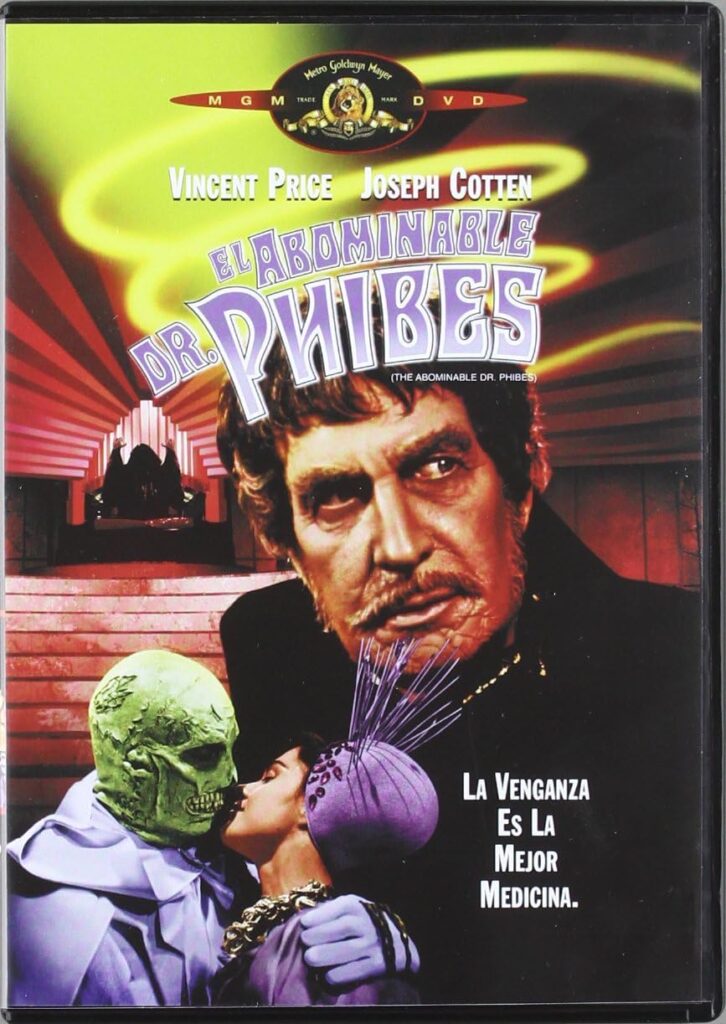
Vincent Price returns as a disfigured genius seeking revenge on the doctors he blames for his wife’s death. Each murder he plans mirrors one of the biblical plagues. The film’s dark humor and elaborate visuals make it both grotesque and stylish. It’s part horror, part tragic love story.
Every scene feels theatrical and deliberate. The art deco sets and silent sequences give it a dreamlike quality. Price’s expressive performance brings emotion to a character who rarely speaks. It’s a unique blend of beauty and horror that remains unforgettable.
The Omen (1976)
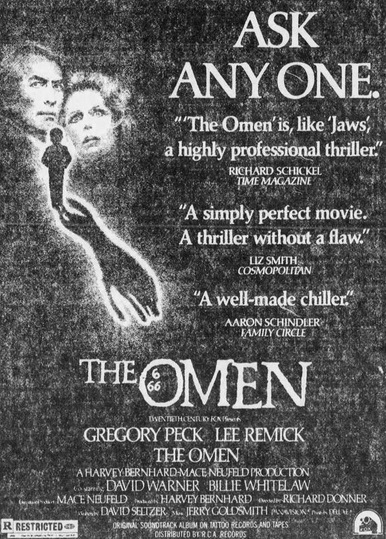
A diplomat unknowingly raises the Antichrist as his son in this chilling tale of prophecy and fate. Strange deaths and mysterious warnings follow the family wherever they go. The tension builds through unsettling music and disturbing imagery. It became one of the defining horror films of the 1970s.
Though international, its British cast and settings give it a stately, grounded tone. The blend of religion, superstition, and politics adds depth to the fear. Gregory Peck’s performance brings dignity and sorrow to the chaos around him. Its quiet moments of dread are just as memorable as its violent shocks.
Hellraiser (1987)
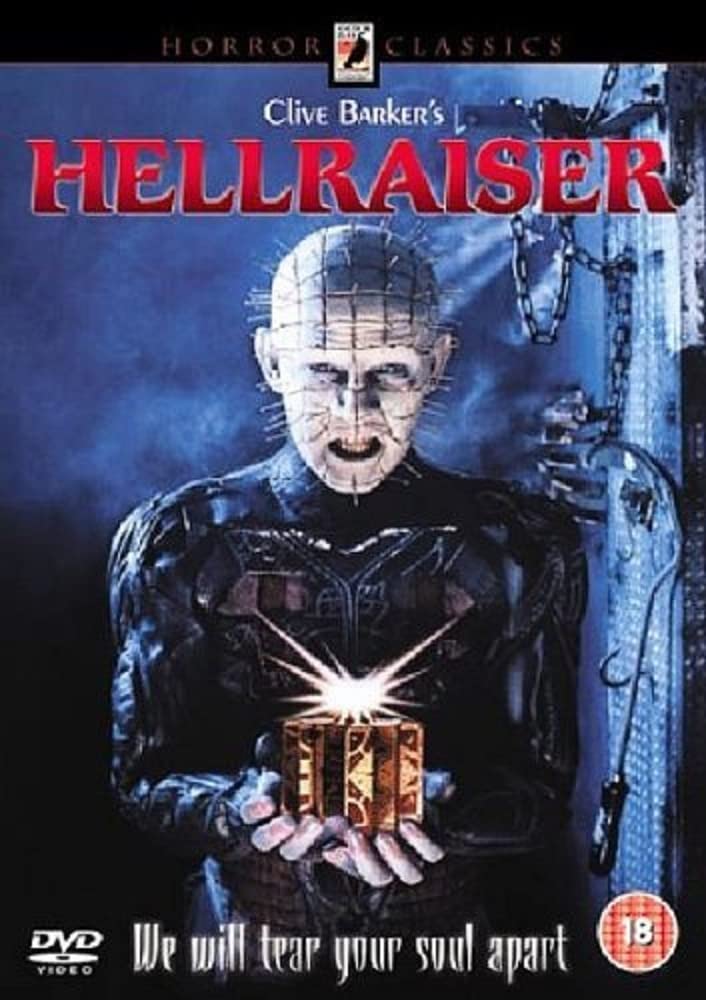
Clive Barker’s tale of temptation and torment brought British horror into a new age. A puzzle box opens the gateway to a dimension ruled by creatures who blend pleasure with pain. The mix of body horror and moral decay pushes the limits of what audiences can bear. Its imagery remains among the most disturbing in film.
Doug Bradley’s Pinhead became an instant horror icon. The film’s practical effects and haunting design give it a tactile, unsettling feel. Every sound, chain, and whisper adds to the unease. It marked a bold shift toward modern horror that still influences the genre today.
Don’t Look Now (1973)
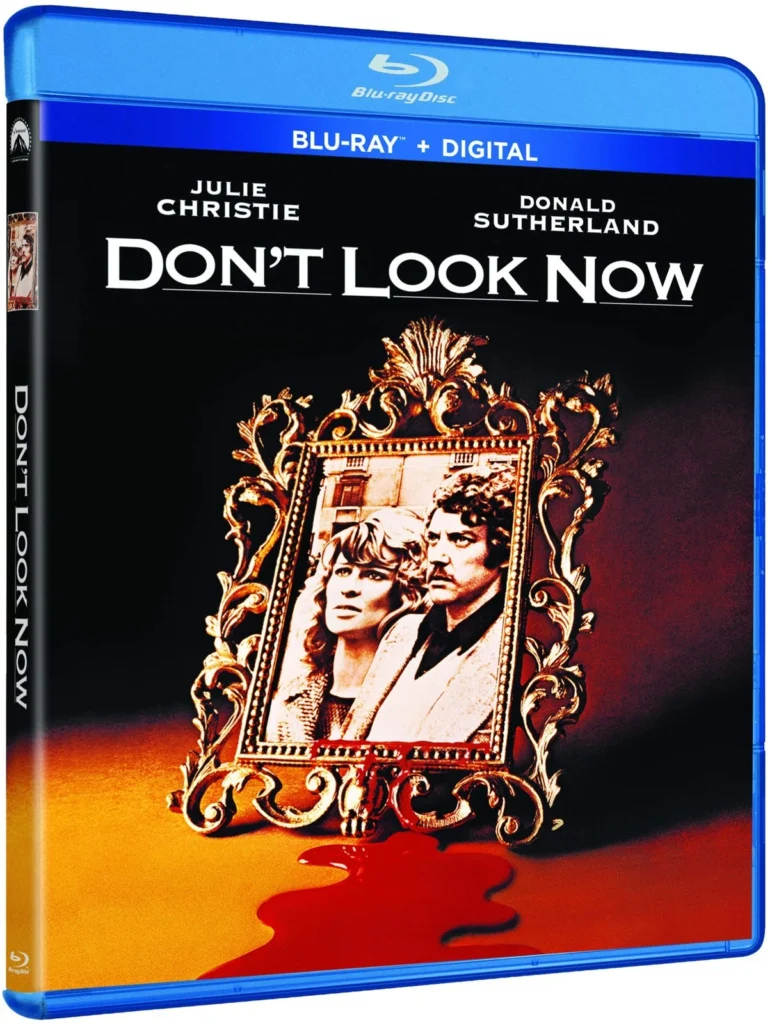
A grieving couple travels to Venice after the loss of their daughter, hoping to start anew. Strange visions and chance encounters pull them into a world of dread and confusion. The city’s decaying beauty mirrors their emotional turmoil. Its atmosphere is heavy with loss and superstition.
The film’s slow rhythm draws viewers into a trance of unease. Its shocking final moments have become legendary in horror cinema. The use of color, especially red, carries powerful meaning throughout. It’s a story of grief, denial, and fate that lingers long after viewing.
This article originally appeared on Avocadu.
